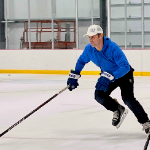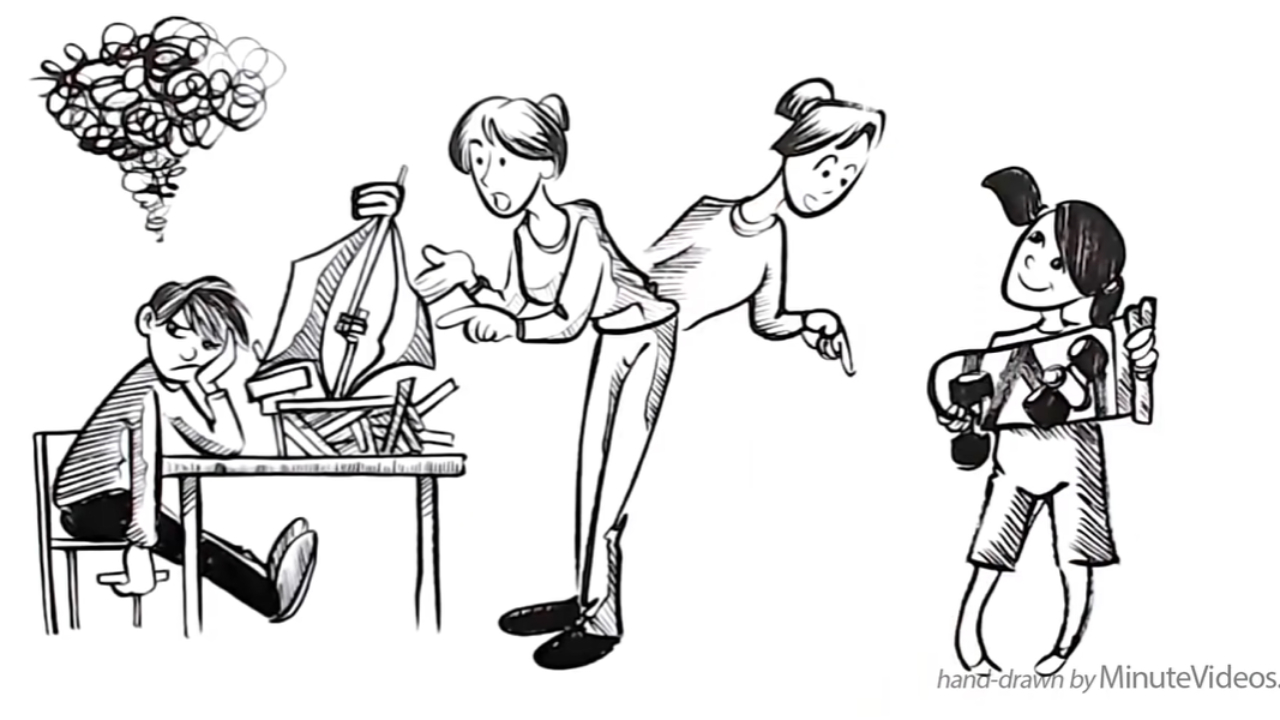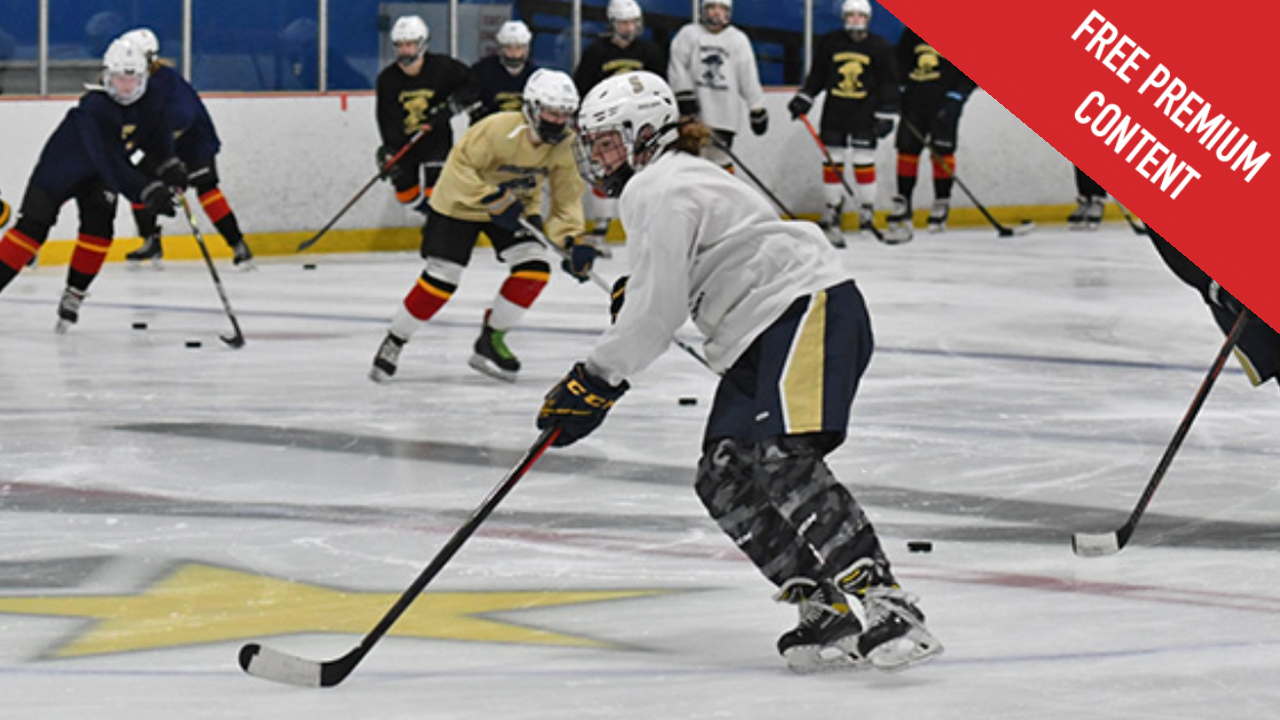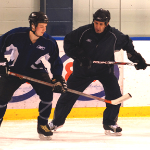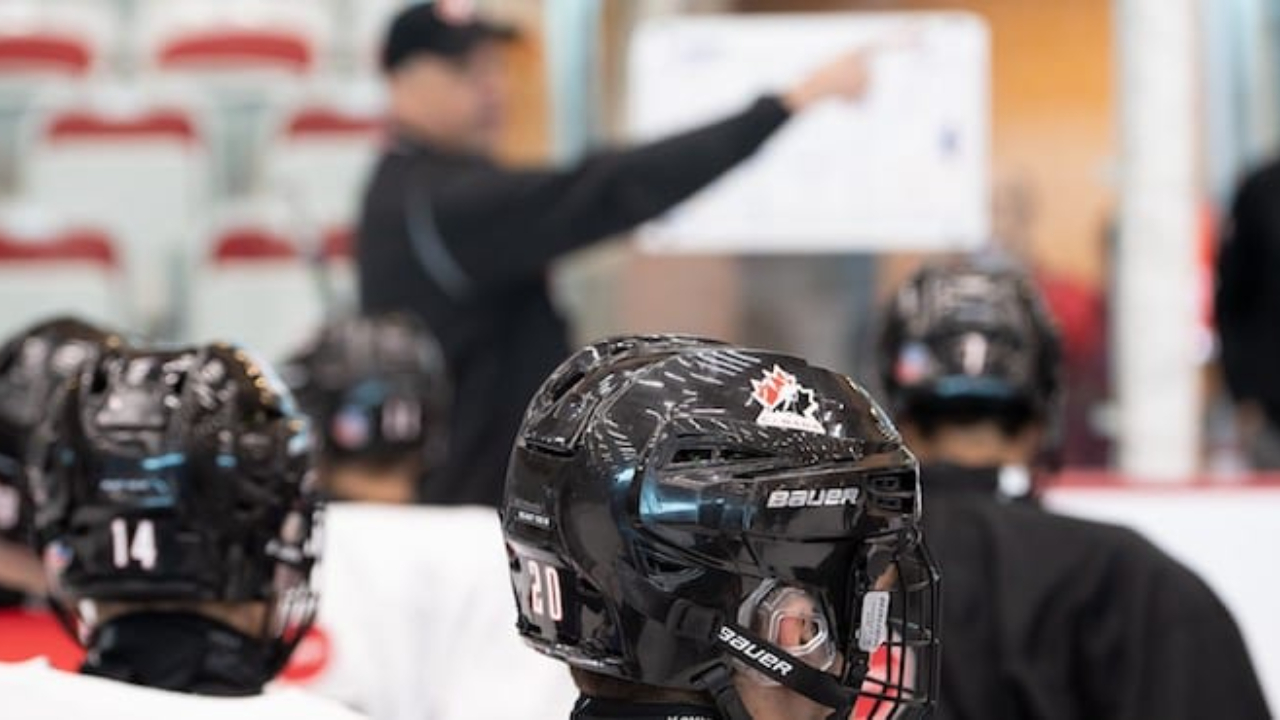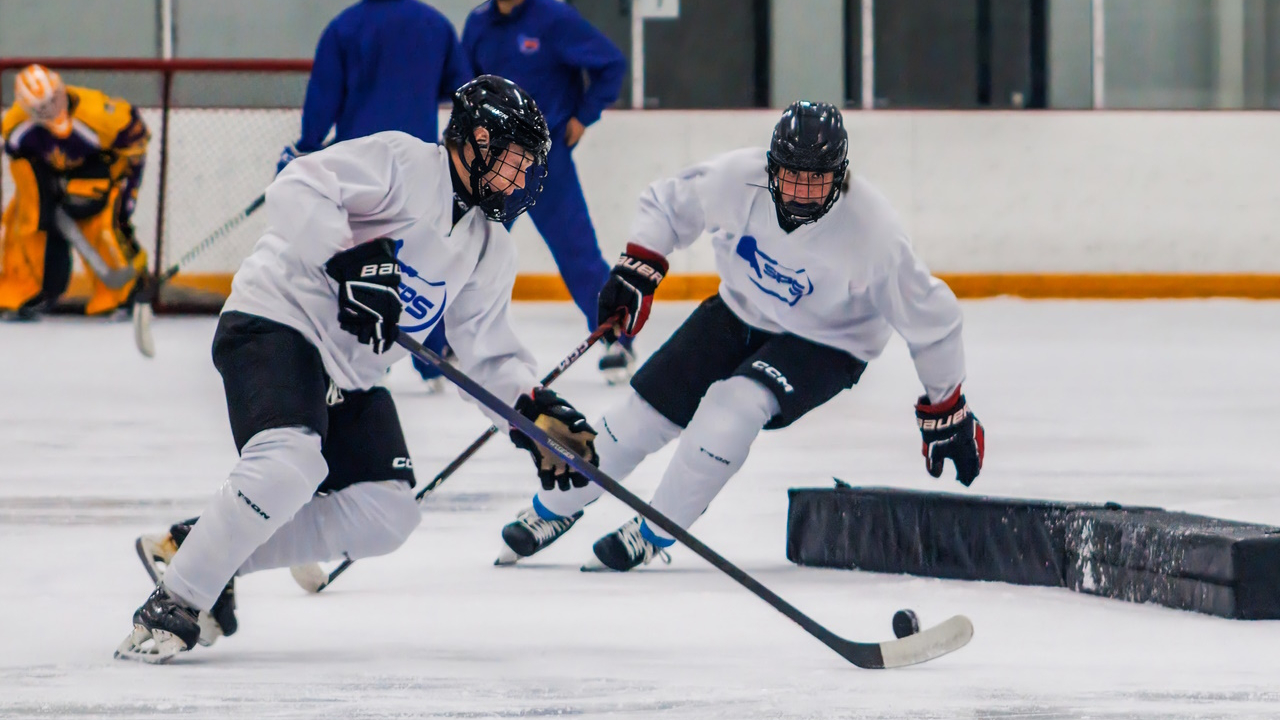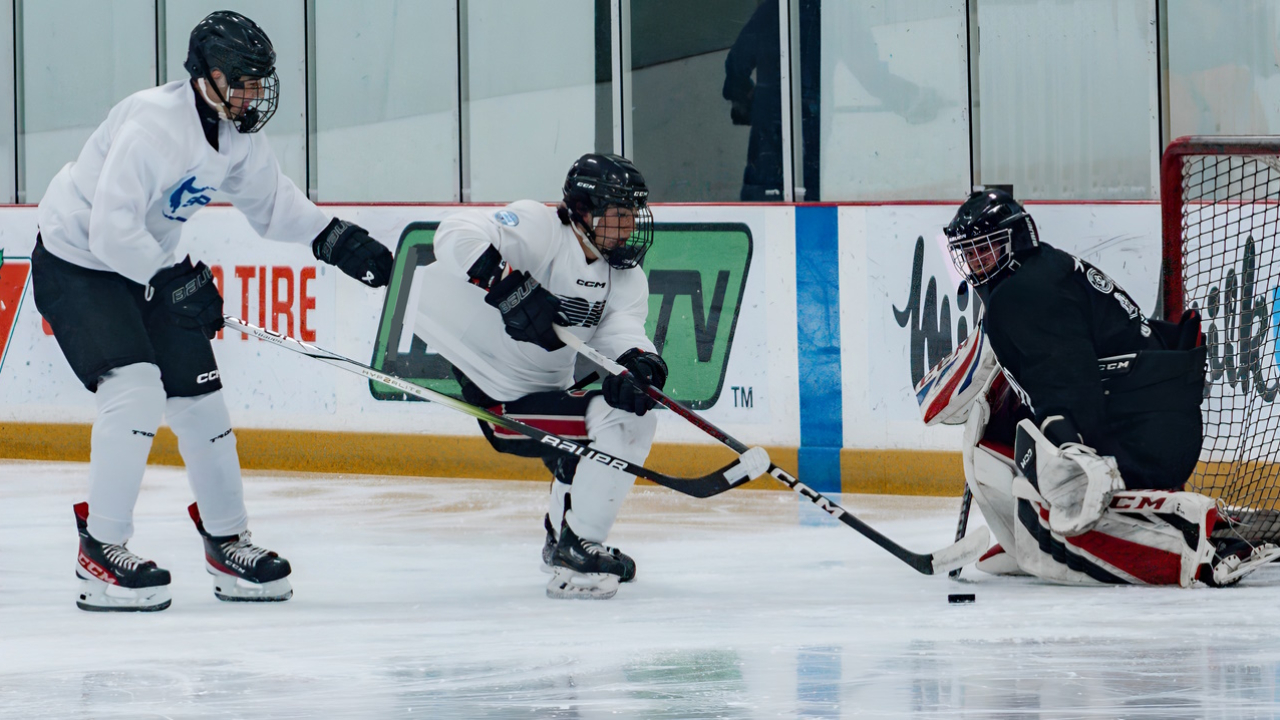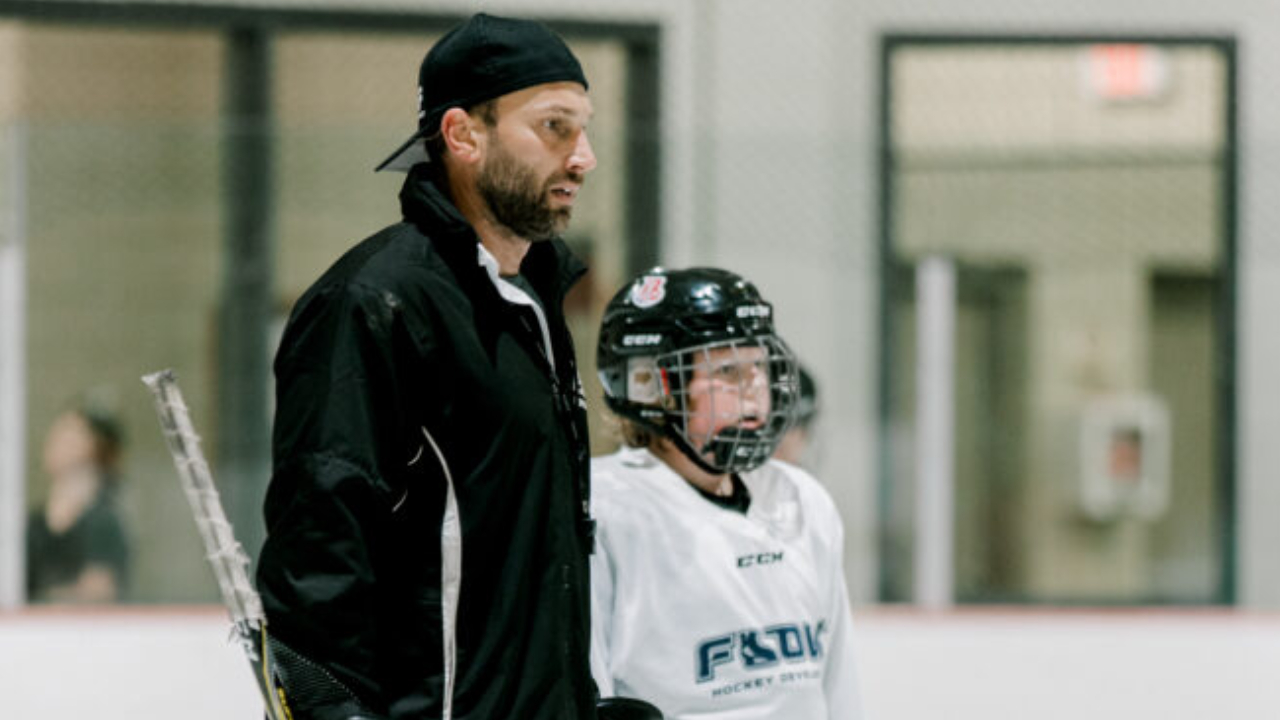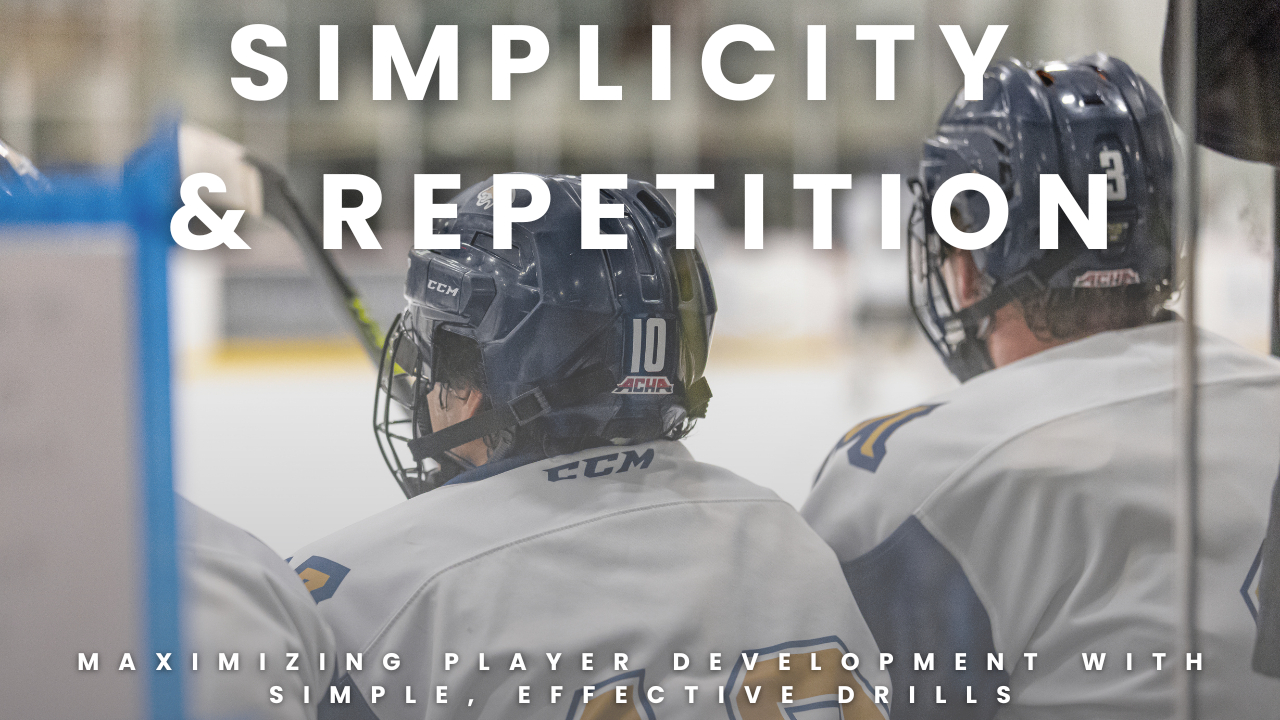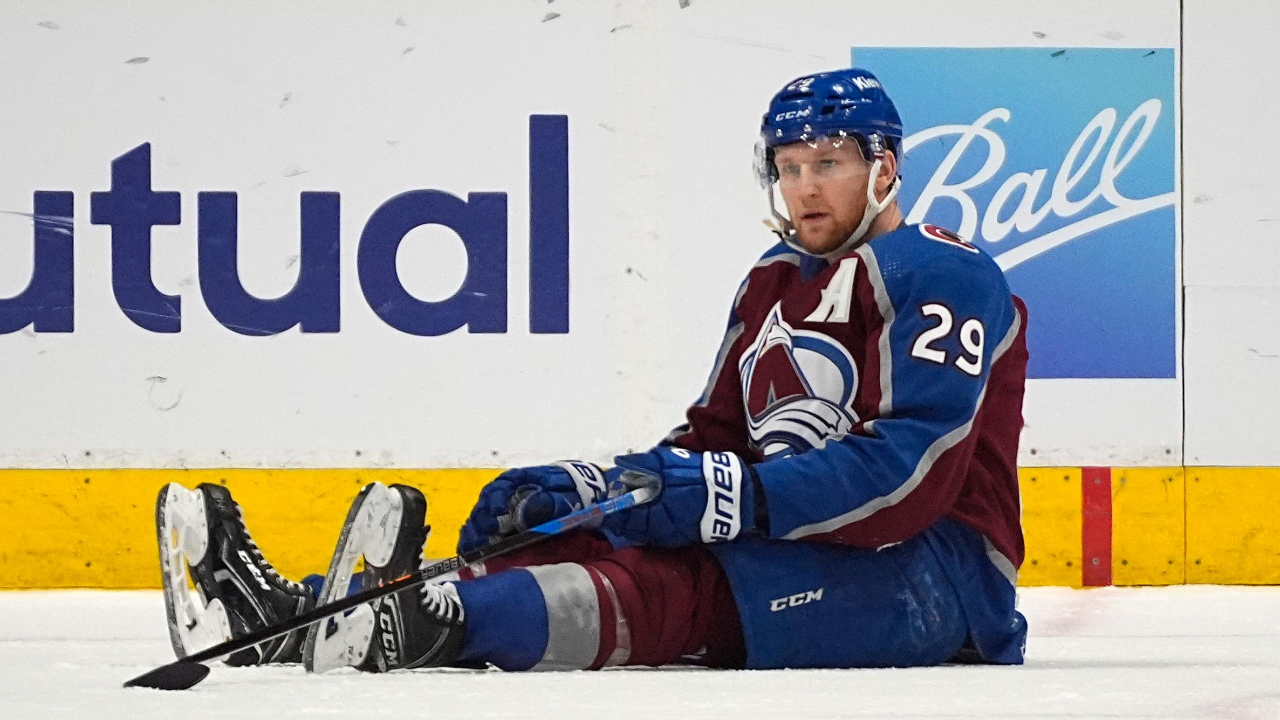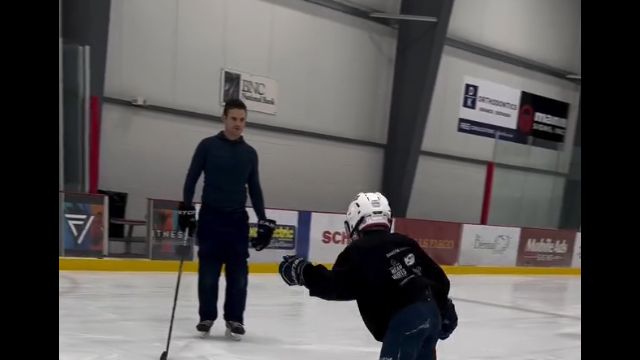
I’ve been diving into a fascinating book lately—The Science of Rapid Skill Acquisition by Peter Hollins—and it’s been challenging me in the best way. Not just mentally, as I try to retain what I’m learning, but practically, as I apply these concepts to my on-ice coaching sessions.
If you’re a coach—or a parent, for that matter—you’ve probably asked yourself:
“I just showed them how to do this… how did they already forget?”
In today’s world of constant digital stimulation, attention spans are shrinking fast. That makes memory retention more valuable than ever, especially when it comes to skill development. And that’s exactly why spaced repetition caught my attention.
Why Spaced Repetition Works
Hollins writes: “Spaced repetition spreads out practice sessions over time for better retention.”
As hockey coaches, our time with players is incredibly limited. At peak season, I might get just 3 hours out of 168 in a week to help them acquire meaningful skills. Assuming they sleep for 64 of those hours, that leaves us competing with roughly 100 hours of other input flooding their brains—much of it, unfortunately, coming from screens.
So the question becomes:
How do we make those 3–4 hours on the ice count for maximum retention and impact?
Building a Long-Term Skill Plan
I believe having a long-term plan is essential. That’s why I cap my groups at 16 players and structure programs to span 5–20 ice sessions over several weeks. With that kind of duration and consistency, coaches can drive real skill development.
Take rim collection, for example. If we intentionally revisit this skill across multiple sessions, retention improves dramatically. Here’s how that progression might look:
Rim Collection Progression (Spaced Repetition Format)
Session 1 – Technical Foundation
-
Emphasize full blade contact with the ice
-
Top hand and elbow away from the body for control
-
Use live video on the ice and NHL clips off the ice to reinforce technique
-
Introduce scanning and shoulder checks
Session 2 – Movement Integration
-
Add rim collection with cutbacks and lateral movement
-
Apply token pressure to simulate game-like reads
-
Reinforce pre-scans and body positioning
Session 3 – Reinforcement & Reps
-
Revisit Session 1 setup
-
Players now recognize the drill and skill focus—maximize reps
-
Encourage review of live on-ice video for self-assessment
Session 4 – Pressure Application
-
Full-speed rim collection under live forecheck pressure
-
If players struggle to gain possession, revert to Session 2 for more reps
-
Adjust based on skill level—more repetition is not a setback, it’s a strategy
Repetition Builds Automaticity
This cycle can be applied to almost any skill we’re trying to teach. When we use intentional spacing and progressive layering, players are far more likely to retain what we’re teaching.
By capping sessions at 16 players, we ensure each athlete gets meaningful reps throughout the ice time. That volume matters—because the more opportunities they have to perform the skill, the more likely they are to internalize it. Over time, they’ll be able to execute under pressure and do it automatically in game situations.
What’s Next at DS3 Hockey Hockey
We’ll be applying this spaced repetition approach starting Monday, August 25th, as part of our season prep at DS3 Hockey. Over the next six weeks, we’ll be on the ice for a total of 51 hours—an incredible opportunity for me to challenge what I’ve been learning and help our players retain skill.
I’m beyond excited to get back on the ice with the kids and help them prepare for their season using this framework. If you're curious about how it works in real time, follow along or reach out.
Let’s build game-ready skills that stick.
www.ds3hockeydevelopment.com/blog
David Simoes - DS3 Hockey Development
